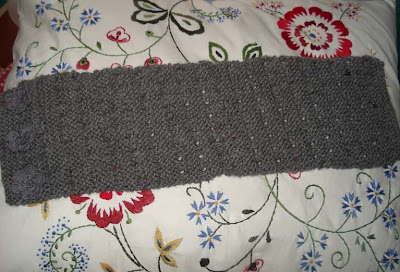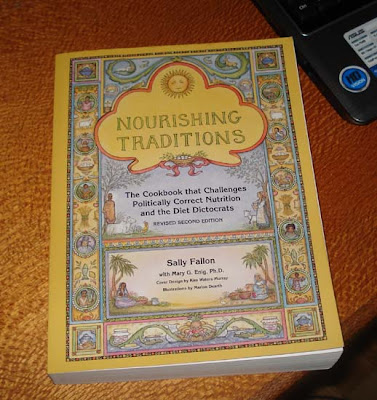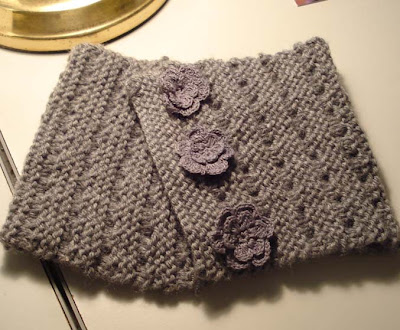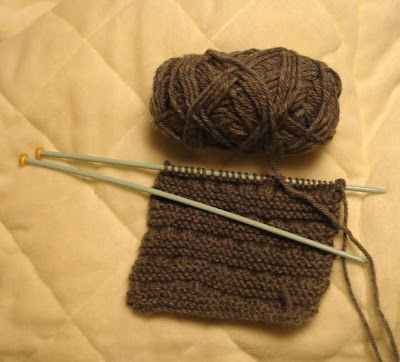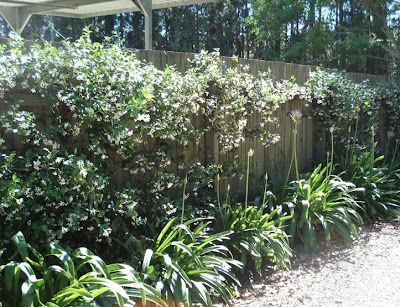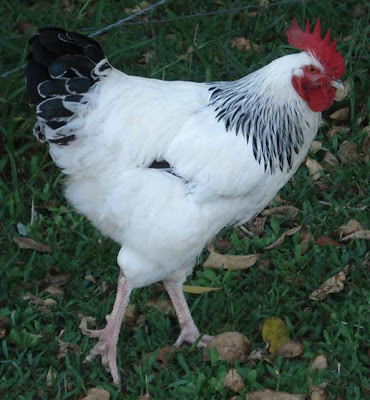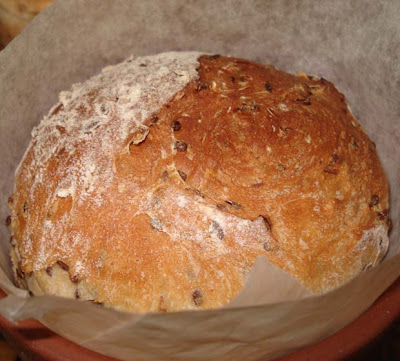We have a snake living in the chook house. I think she is there for the mice and rats that hang around at night eating the leftover grain and seed. She's not bothering the chooks, she just sits up near the roof and moves away slowly if we get too close. She is a non-venomous python - either a carpet snake or a spotted python. You can see her in the photo above after she moved into the thick undergrowth behind the chook house, below you can see her yellow belly under the roof of the coop.

Luckily the girls aren't phased at all by her and although she's about 6 foot long, she's too small to swallow any of them and she's not after the eggs. Maybe in a couple of years she'd think about taking a chicken just before she hibernates. We'll have to wait and see.


Here are some of the girls in question, taking turns to peck at a cucumber that fell through the fence.


The garden is growing well and as most of you who have grown zucchinis will know, we have way too many of them. We only planted two bushes this year, plus two yellow squash, but we still can't eat or give away enough of them to keep up with production. The zucchini is pictured above and the squash below.




Continuing along the salad trail, here are several varieties of lettuce.






I wish I could say we have too many tomatoes. We eat tomatoes every day here and we grow a lot of them but no matter how many we plant we always run short.

We use tomatoes on sandwiches and pasta, Hanno likes a fried tomato with his eggs for breakfast and I always make tomato chutney every summer. When I have enough tomatoes, I'll also make tomato sauce for the stockpile cupboard. Nothing beats homemade tomato sauce.

We're growing several different types of tomatoes - the first photo is of Oxheart tomatoes, these above are beefsteaks, we also have Tommy Toe and Tropic and a row of newly planted Grosse Lisse (below).

Continuing along the salad trail, here are several varieties of lettuce.

And new beets just starting to bulk out their roots. By the time these are ready to pick in a couple of weeks time, the beets I pickled last week will be finished and these will take their place.

We have lots of cucumbers forming and new lemon cucumbers to plant out, along with some Moneymaker tomato seedlings.

It's a constant progression of sowing, planting, nurturing, harvesting, removing and replanting. Most of the time we get it right and have enough food in the backyard to feed us, but sometimes we have to buy a kilo of tomatoes to tide us over until our crop ripens.

We have some late leeks this year that I'll pick over the weekend and serve with one of our meals. It's too hot here in summer to grow any of the onion family but these leeks have just made it in time to be a useful and delicious addition to our table.

And how could I forget the corn. We don't grow a lot of corn because it takes too much water to grow it well, but what we do grow at the very beginning of the season is always appreciated for its fresh juicy sweetness, shining away on our plates like golden organic jewels.
We still have a ton of chard growing out there, and radishes, celery, pumpkins, green onions, beans and carrots. It will all eventually make its way to our table and will be appreciated for its ability to help us live a healthy and frugal life.
We still have a ton of chard growing out there, and radishes, celery, pumpkins, green onions, beans and carrots. It will all eventually make its way to our table and will be appreciated for its ability to help us live a healthy and frugal life.


